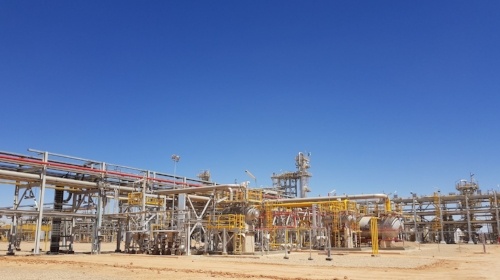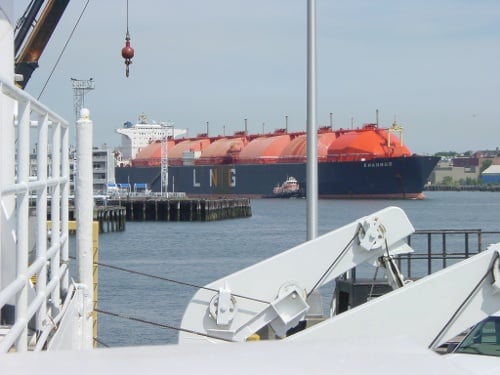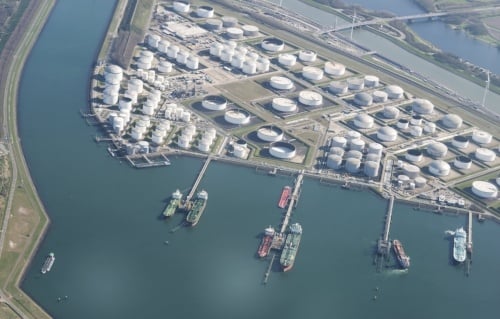3 min read
A New Look At Sovereign Oil Hedging Strategies
Last December, in a post titled Sovereign State Oil Hedging On The Rise, we highlighted the hedging initiatives of several sovereign oil and gas...

Over the course of the past few days we've received several reports that Mexico has begun to execute it's 2014 oil hedging program, so we're going to take another look at the some of the sovereign oil hedging programs around the world.
According to several sources, including Reuters, the Mexican Ministry of Finance began executing 2014 crude oil hedges earlier this week, slightly earlier in the year than it has in the past, reportedly to take advantage of the recent rise in crude oil prices. While details of the exact strategies Mexico is employing have yet to emerge, it is rumored that at least a portion of the trades involve put options spreads, a strategy which Mexico employed when it executed it's 2013 hedging program last September. As we noted in our last post about sovereign oil hedging, A New Look At Sovereign Oil Hedging Strategies, a large part of Mexico's 2013 oil hedging strategy consists of long put positions in the $80-85 range and short put positions in the $60 range, a position which has clearly worked quite well to date.
On the consumer side, we continue to see growing interest in oil hedging, especially from countries whose finances are significantly impacted by "high" oil prices. As an example, according to several articles published last week (i.e. Govt Proposes to Hedge Oil Imports), the Indonesian government is considering establishing a program to hedge the national oil company's crude oil imports. However, many sovereign entities continue to be quite cautious when it comes to hedging, and with good reason, given the lessons learned by the likes of Sri Lanka (see Sovereign Hedging Lessons for more on this story).
Two weeks ago we were in Dubai for the the AACO Fuel Forum, where hedging was once again one of the major topics of discussion. As was also the case during the Embraer conference in Dubai last September, oil hedging activity among sovereign or sovereign backed entities, as well as the general interest in oil hedging, continues to increase in the region.
In addition to consumer and producers, we continue to see sovereign refiners expand their hedging activities. As an example, see Bharat Petroleum's Hedging Programme, which highlights the hedging activities of Bharat Petroleum Corporation Limited, of which the government of India is the largest shareholder.
While there isn’t an easy answer to managing sovereign oil price volatility, as the above examples indicate, many have decided that hedging is, at least, part of the solution.

3 min read
Last December, in a post titled Sovereign State Oil Hedging On The Rise, we highlighted the hedging initiatives of several sovereign oil and gas...

4 min read
Over the course of the past few months we've met with numerous government ogranizations and state owned companies, both producers and consumers,...

2 min read
For an update on sovereign oil hedging activities, see the following article: A New Look At Sovereign Oil Hedging Strategies. While many are of the...